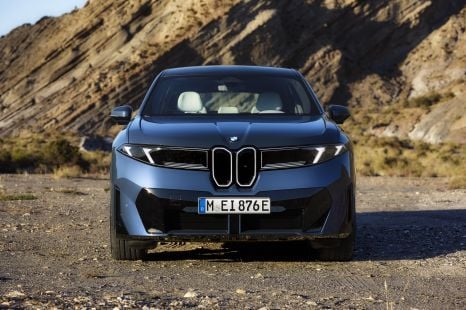

William Stopford
The CarExpert team's favourite reveals from the Munich motor show
11 Hours Ago
We know the Rimac Nevera is fast in a straight line when you're going forwards, but it's also lightning quick in reverse.

Contributor
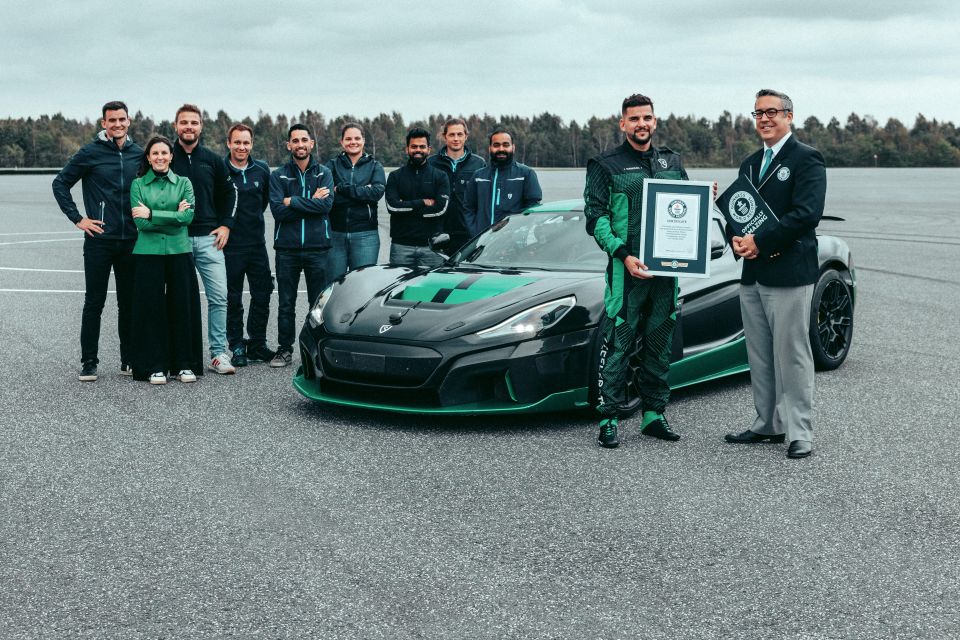

Contributor
Here at CarExpert, we like finding out how fast cars will go in reverse.
We even have a spreadsheet showing the fastest cars we’ve tested – for those playing at home, the current record holder is the Porsche Cayman GT4 RS, which hit 79km/h on the skid pan at Lang Lang.
You can imagine how impressed we are, then, with the Rimac Nevera. The electric supercar has set a new Guinness World Record for the highest production car top speed in reverse, clocking 171.34mph (275.74km/h).
With four single-speed electric motors, there was theoretically nothing stopping the Nevera from going even faster.
The only thing that changes when you put the car in reverse is the direction the motor is spinning; any reverse speed limit is electrically enforced rather than down to gearing.
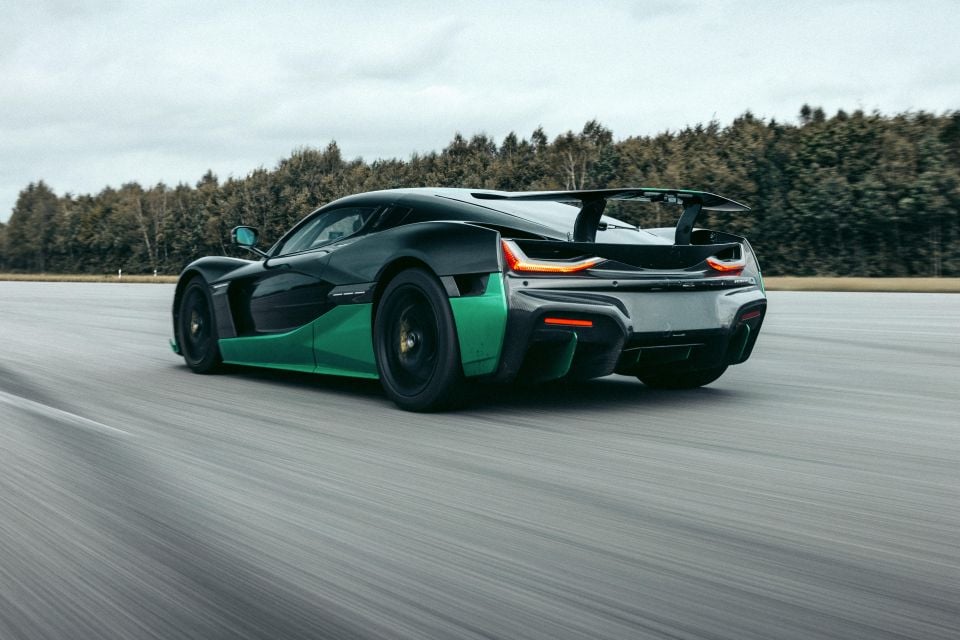
So, why couldn’t Rimac match its world record top speed going backwards? Aerodynamics, cooling, the fact driver Goran Drndak was piloting a twitchy, high-powered supercar with forklift-style rear steering all played a role.
“On the run itself, it definitely took some getting used to. You’re facing straight out backwards watching the scenery flash away from you faster and faster, feeling your neck pulled forwards in almost the same sensation you would normally get under heavy braking,” Mr Drndak said.
“You’re moving the steering wheel so gently, careful not to upset the balance, watching for your course and your braking point out the rear-view mirror, all the while keeping an eye on the speed. Despite it being almost completely unnatural to way the car was engineered, Nevera breezed through yet another record.”
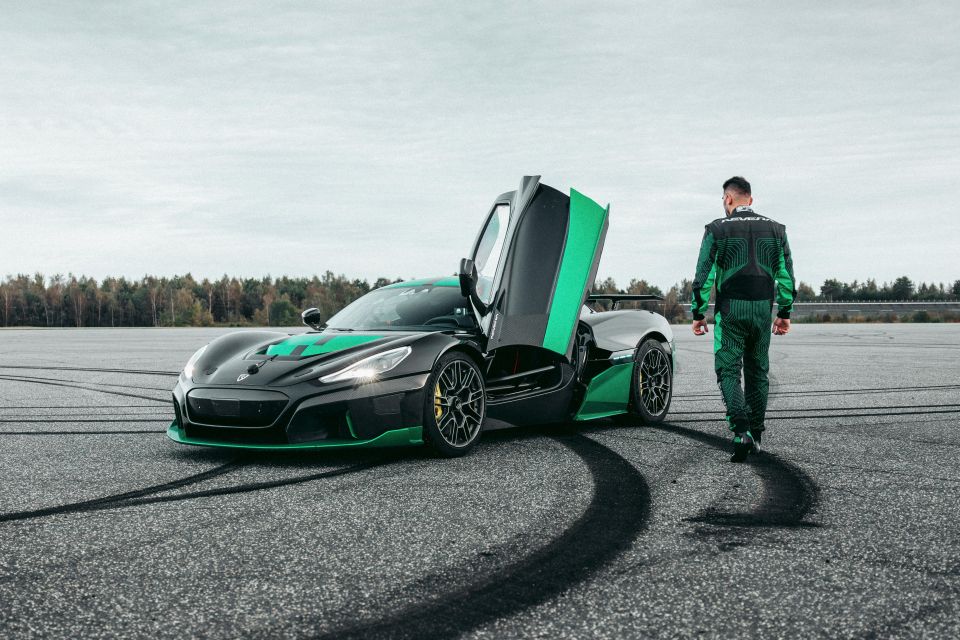
The reverse record joins the Nevera’s recent Nurburgring record for electric cars, and its record for the highest top speed for an electric car.
Earlier this year the Nevera set 23 performance records at the Automotive Testing Papenburg (ATP), Germany in a single day including the record for fastest 0-60mph (96km/h), 100mph (160km/h) and 186mph (299km/h) acceleration times for a production vehicle.
Scott Collie is an automotive journalist based in Melbourne, Australia. Scott studied journalism at RMIT University and, after a lifelong obsession with everything automotive, started covering the car industry shortly afterwards. He has a passion for travel, and is an avid Melbourne Demons supporter.


William Stopford
11 Hours Ago
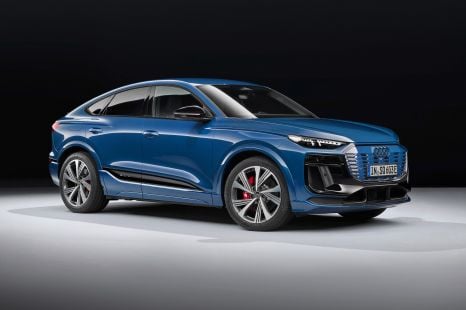

William Stopford
11 Hours Ago
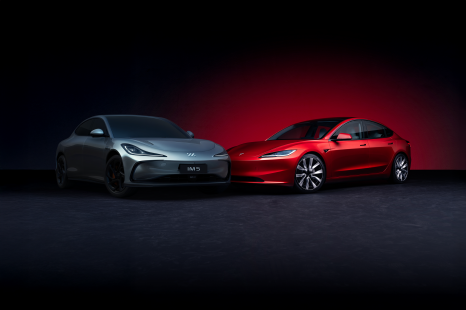

Andrew Maclean
12 Hours Ago


Derek Fung
12 Hours Ago
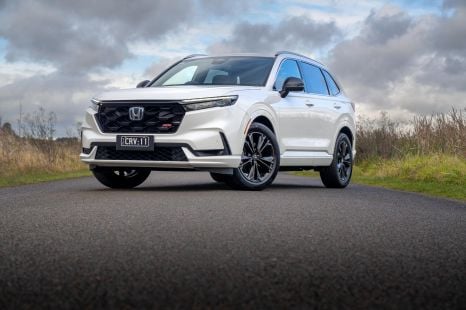

Andrew Maclean
12 Hours Ago
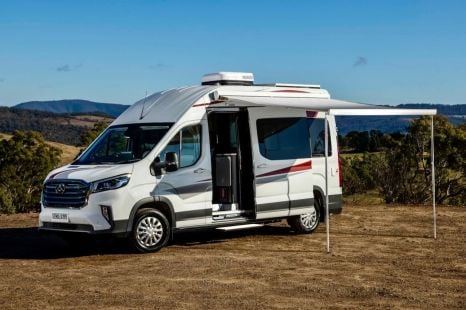

Ben Zachariah
1 Day Ago